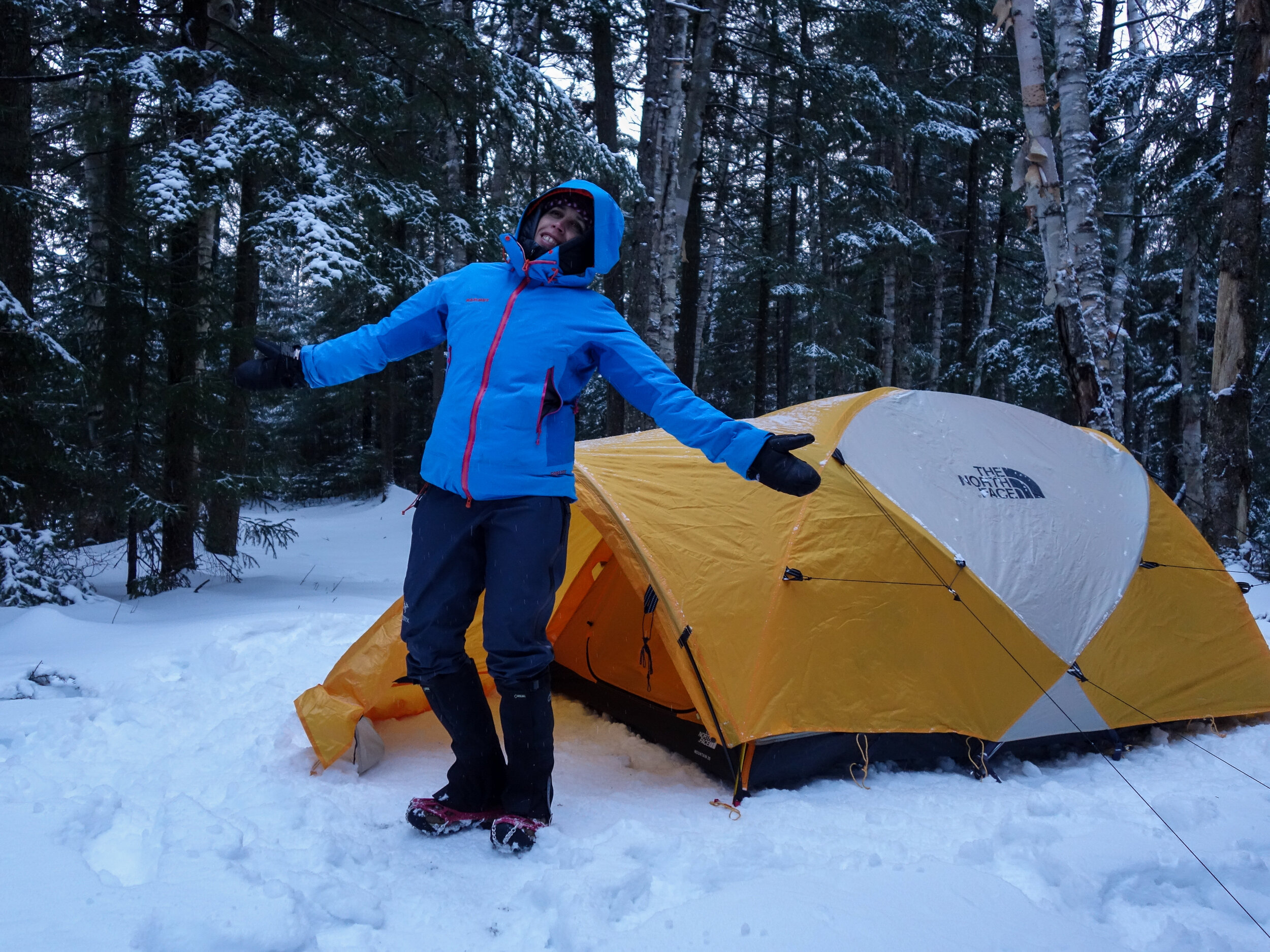Traction Devices "Tis the season for slippery surfaces!"
Tis the season for slippery surfaces! As many a seasoned athlete knows, some of the best training happens during the winter months. For many of the folks at Mountain Peak Fitness, now is the time to lay down a strong foundation for the big races to come this season. Here are some of the tools I’ve used to stay on my feet when logging winter miles on slick surfaces.
Yaktrax Pro Traction Device
I used the Yaktrax Pro's for Watchung Frozen 50k and Febapple Frozen 50k, both winter races with significant portions of the course iced over. I had an opportunity to run both with and without the Yaktrax and found a significant difference in grip. They immediately transformed what was a frustrating, slippery and at times dangerous outing into an actual steady run.
The Yaktraxs go over your existing running shoe and snuggly hug your foot. In addition, there is a Velcro overstrap that helps keep the Yaktrax in place, though you may still need to make slight adjustments to re-center them from time to time. They functioned well and gave me the confidence to run through icy stretches and maintain pace. My one critique goes to durability. After the first 50k outing, a strand of the Yaktrax had already snapped. With a price point of $29.95, they didn’t break the bank, but I was planning on the Yaktrax lasting more than one run. Thankfully, the strand was not at a critical point and I was able to salvage the Yaktrax for the next icy 50k run. They held up and got me through that event as well. Yaktrax are a good option for winter road running when there are some icy spots to mind. As a general matter, the feedback that I have gotten from other trail running friends is that the Yaktrax do have durability issues. Overall, it is a good product, but you may be replacing them frequently.
Metal Screws
As a cost efficient alternative to Yaktrax, consider using metal hex screws in the soles of your shoes. I generally use an older pair of shoes and one that has enough of a sole to hold the screw (note this is not recommended with minimal shoes as the screws will poke through and jab your feet). Look for screws ¼”, 3/8” or ½” screws depending on your shoe thickness and screw placement. The placement of the screws is important so as not to poke through the sole (e.g. the heel is generally thicker soled than the toe area. The wood screws offer the extra traction on ice, however, as the miles pile up, the sharp edges of the screws wear down and lose their effectiveness. Wood screws are a good option for road running when there are patches of ice around. Also, since these are not easily removable like the Yaktrax and microspikes, be mindful when you head indoors as the wood screws will damage your floors. You can get a pack of 50 count ½ inch sheet metal screws for $4.18 at Home Depot.
Kahtoola MICROspikes
My first intro to the Microspikes was on the MPF Catskills winter outing to Slide Mountain last year in a combo hike/run of several hours. The microspikes worked beautifully in the combination of soft powder and hard ice. Like the Yaktrax, the microspikes fit over your shoe. The microspikes have 5/8” steel spikes and provide great traction on ice. Microspikes are not great on the road (unless there is significant ice for the spikes to dig in) but they are perfect for trail running and scrambling in snow and ice. At $64.95, these are the most expensive option of the three listed here.
Everyone in their microspikes at the 203 Catskills Winter Adventure.
Inov-8 Oroc 340 Trail Shoes
These are another great option when traction devices aren’t an option and you want to streamline your choice for slippery conditions, Inov-8 really put together a great product for just that. The Oroc 340’s combine a durable & rugged shoe that takes it a step further with the inclusion of tungsten carbide metal spikes that are surprisingly grippy. Read Ben Nephews race report “I don’t need No Stinking Microspikes” for his 1st hand experience racing with these exact shoes.
Please feel free to hit us up with any questions you may have.
Enjoy the trails safely!
Video of using the Microspikes to get around in the winter.










